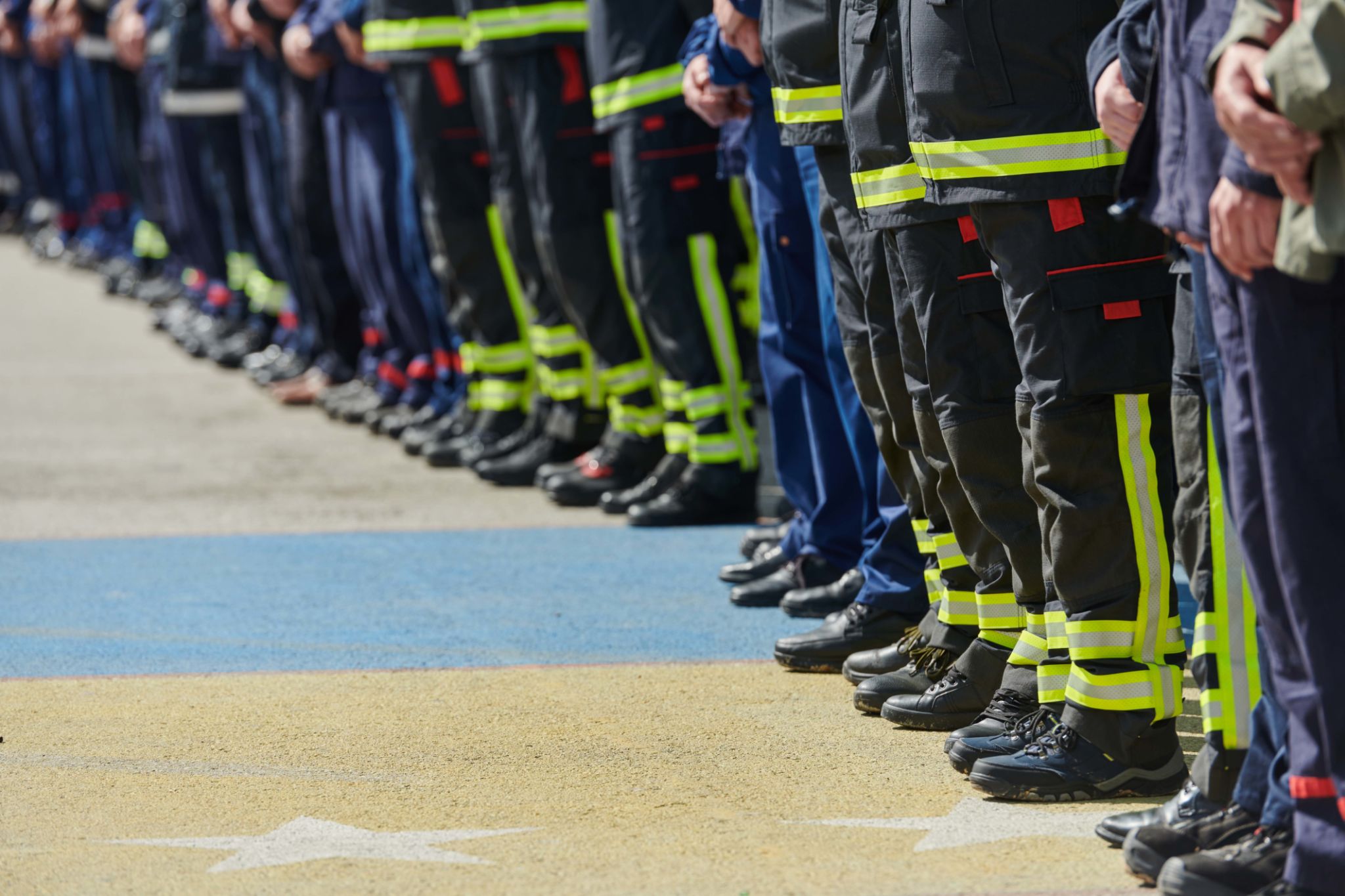Case Study: Successful Patient Transport for Ohio State Game Attendees
Introduction
Attending a game at Ohio State is an exhilarating experience, drawing thousands of fans from across the state and beyond. However, with the influx of attendees, ensuring efficient and timely patient transport becomes a critical challenge. This case study explores how a well-coordinated patient transport system successfully supported Ohio State game attendees, enhancing safety and improving the overall event experience.

Understanding the Challenge
On game days, Ohio State's stadium sees an overwhelming surge in foot traffic, resulting in increased demand for medical attention and transport services. The primary challenge was to ensure that attendees who required medical assistance could be swiftly and safely transported to the nearest healthcare facilities without disrupting the event's flow or causing panic among the crowd.
Coordinated Efforts
To address these challenges, a coordinated effort between emergency services, stadium management, and local healthcare facilities was imperative. A strategic communication plan was developed to streamline operations and ensure that all stakeholders were on the same page. This included regular briefings and a robust emergency response framework tailored specifically for game days.

Implementation of the Transport System
The implementation of the patient transport system involved several key components that contributed to its success:
- Dedicated Medical Stations: Strategically placed medical stations within the stadium provided immediate assistance to those in need.
- Trained Personnel: Well-trained medical staff and volunteers were on standby to offer rapid response services.
- Efficient Use of Technology: Advanced communication devices ensured seamless coordination between transport teams and healthcare facilities.
Real-time Monitoring
Real-time monitoring systems were employed to track the movement of patients from the stadium to healthcare facilities. This ensured that transport teams could adjust their routes promptly in response to changes in traffic patterns or other unforeseen circumstances.

Outcomes and Impact
The successful execution of this patient transport system resulted in significant positive outcomes. Not only did it ensure that medical emergencies were handled efficiently, but it also instilled confidence among attendees regarding their safety and well-being. By minimizing delays and providing swift medical attention, the system helped maintain a smooth flow of the event.
Feedback from Stakeholders
Feedback from stakeholders, including game attendees, emergency personnel, and healthcare providers, was overwhelmingly positive. Many highlighted the professionalism and preparedness of the transport teams as key factors contributing to the initiative’s success.
Conclusion
The case study of Ohio State’s patient transport system serves as a benchmark for other large-scale events seeking to enhance their medical response frameworks. By prioritizing coordinated efforts, leveraging technology, and maintaining open communication channels, event organizers can significantly improve safety measures for their attendees. The lessons learned from this case continue to guide future implementations, ensuring that fans can enjoy the excitement of Ohio State games with peace of mind.

